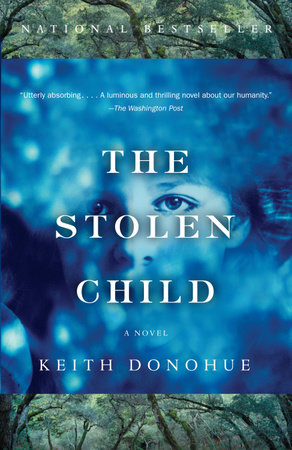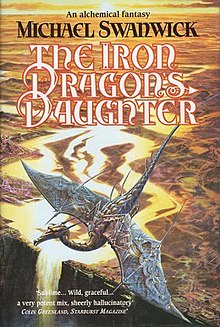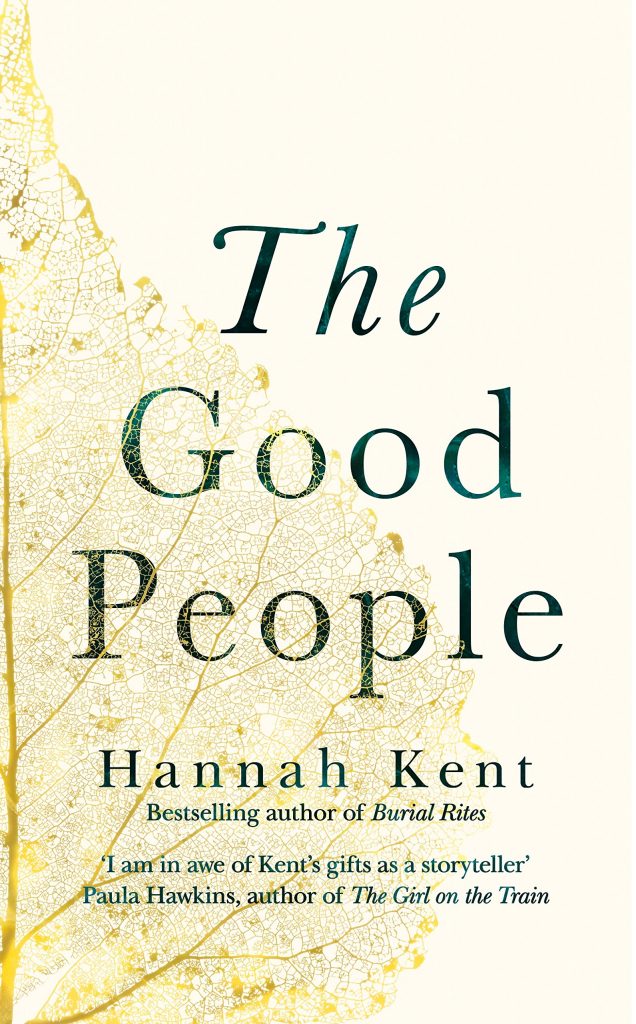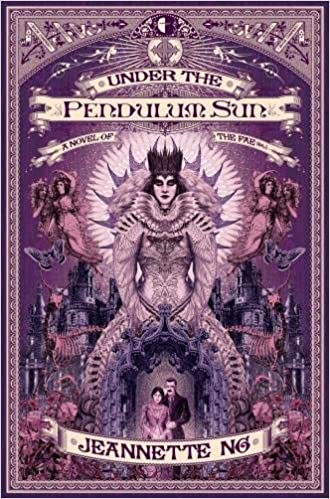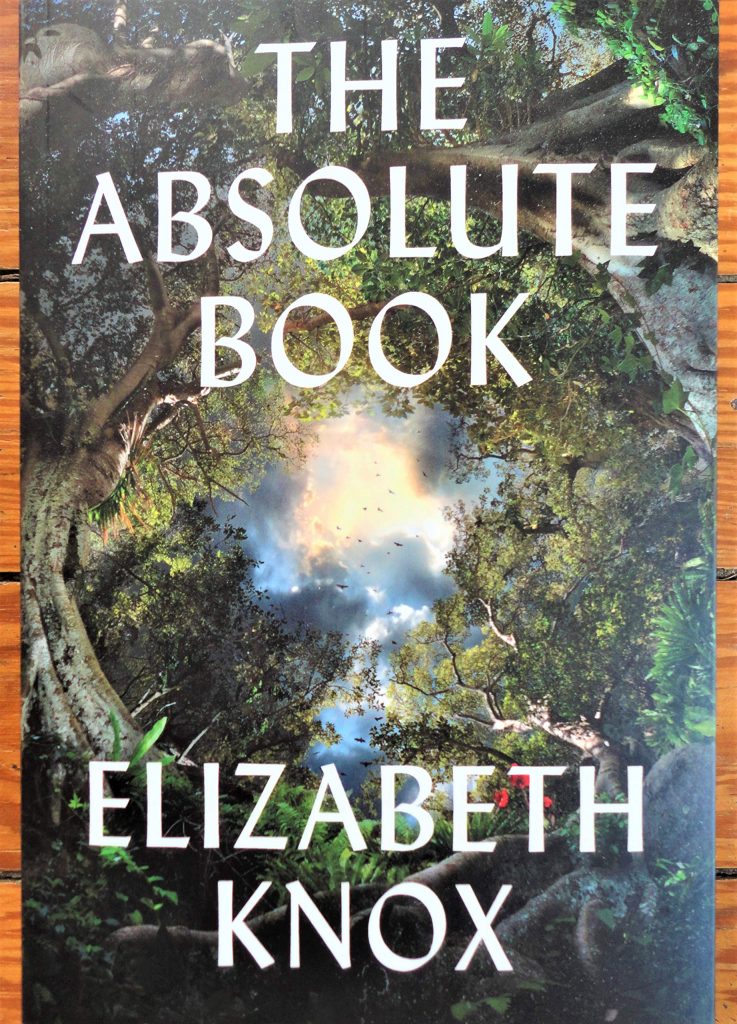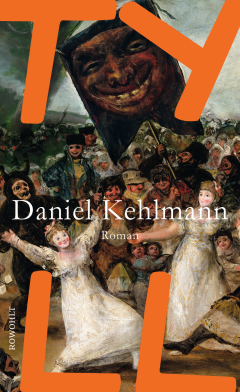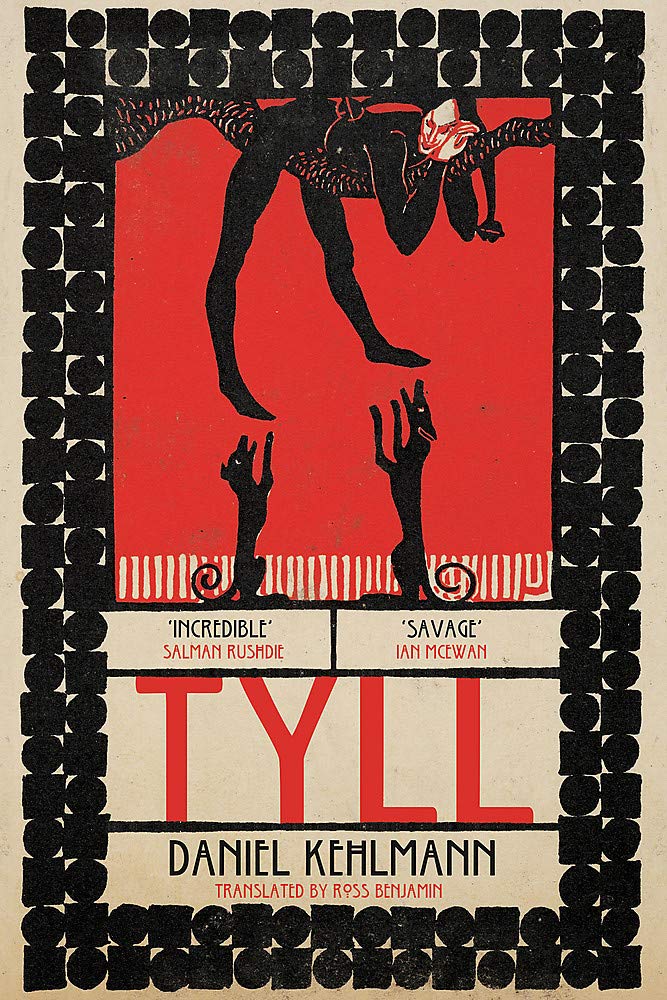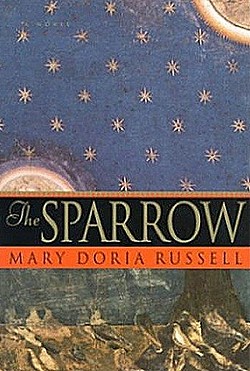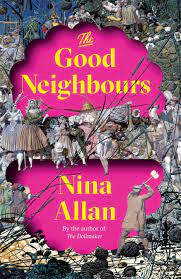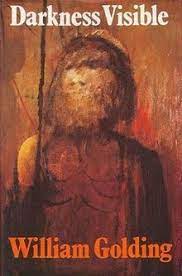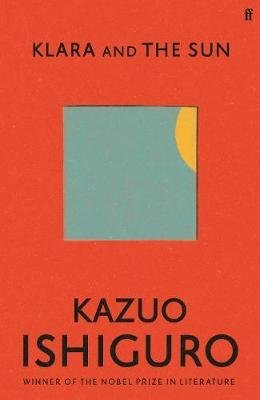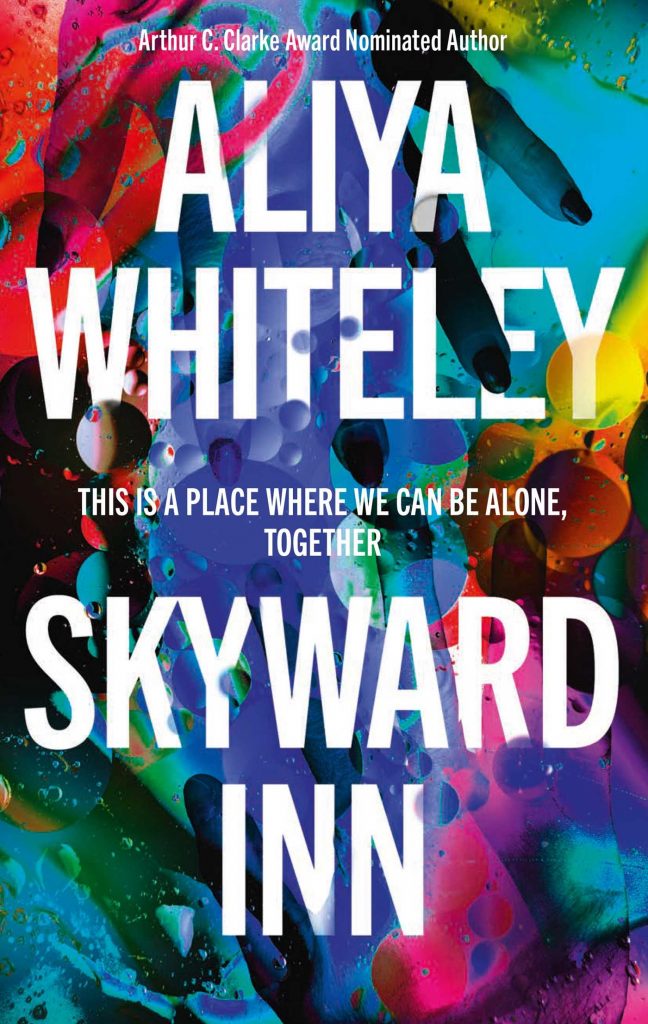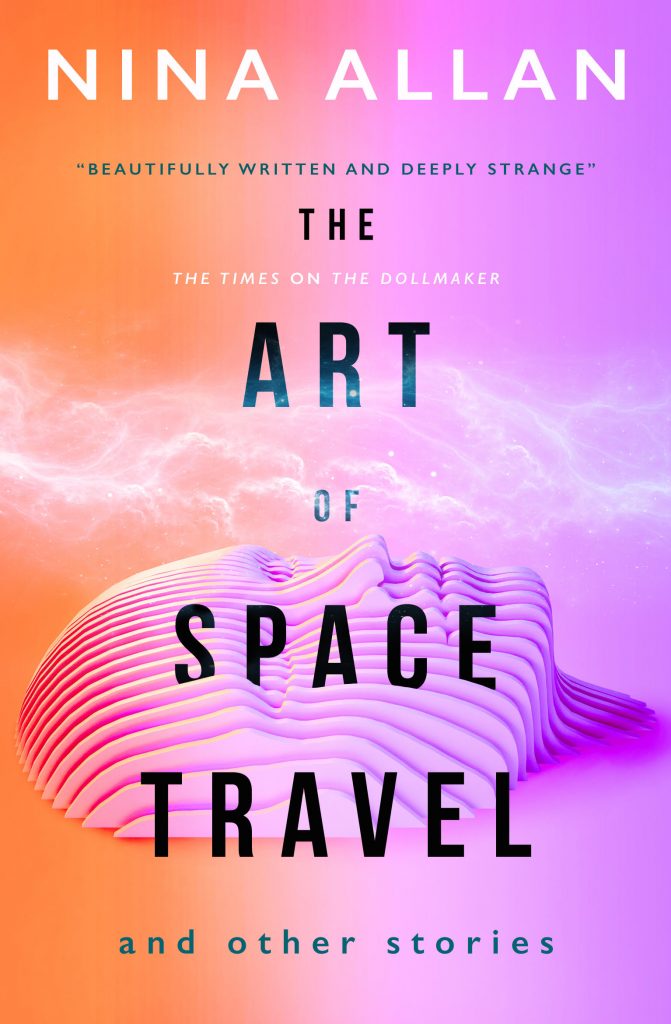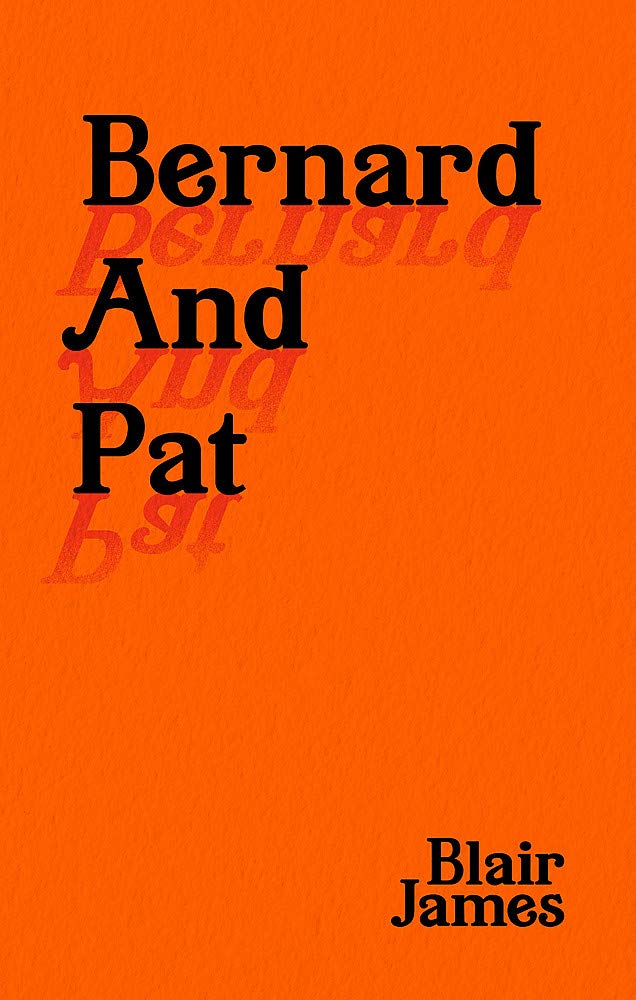My fourth novel The Good Neighbours is published today! It has taken its time getting here and I’m not just talking about delays due to COVID. Right from the beginning, The Good Neighbours was an elusive, troublesome book that – like the fairy folk that skitter between its pages – needed a great deal of persuasion to reveal its true form. I loved working on the novel though, even as it played its tricks on me, because the characters of Cath and Alice, Shirley and Johnny – especially Johnny – seemed to be counting on me to get their stories told. I hope you enjoy them, and that the book speaks to you, leading you along pathways you might not have explored otherwise.
As The Good Neighbours makes its way out into the world, I thought I would celebrate its arrival with a deep dive into the world of what must count as THE work of fairy literature, John Crowley’s perplexing, genre-defying, mind-expanding, World-Fantasy-Award-Winning novel Little, Big.
*
When celebrated literary critic Harold Bloom, author of The Western Canon, described the Harry Potter books as ‘rubbish, only fit for the dustbin’, and decried Stephen King as ‘an immensely inadequate writer on a sentence-by-sentence, paragraph-by-paragraph, book-by-book basis,’ he stirred up a backlash that is still ongoing, even in spite of Bloom’s death in 2019. His polemic has often been seen as a denouncement of speculative fiction in general, although those with more than a passing interest in Bloom’s pronouncement will quickly discover that his expanded canonical lists include many works of science fiction and fantasy, including H. G. Wells’s scientific romances, David Lindsay’s A Voyage to Arcturus, Aldous Huxley’s Brave New World, George Orwell’s Nineteen Eighty-Four, Ursula Le Guin’s The Left Hand of Darkness, Russell Hoban’s Riddley Walker, Thomas Disch’s On Wings of Song and most famously John Crowley’s 1981 novel Little, Big, which Bloom described as ‘a neglected masterpiece… the most enchanting twentieth century book I know’.
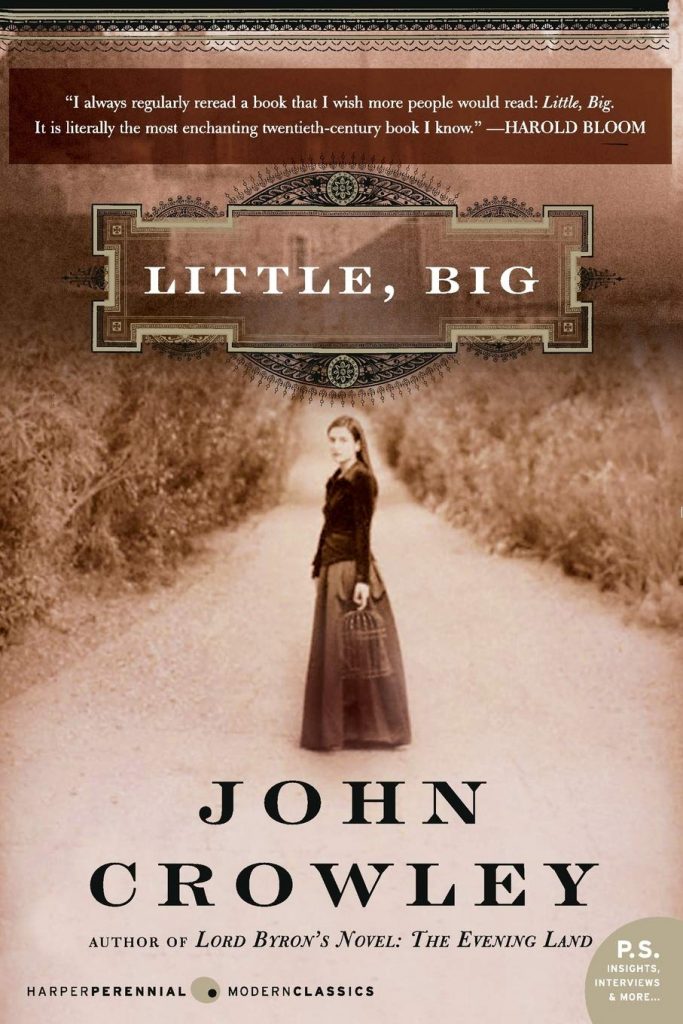
When I look at The Western Canon and Bloom’s unbending defence of his entrenched position on what counts as ‘important’ in literature I tend to feel sad and vaguely troubled rather than outraged. Bloom’s passion for literature is self-evident: he spent a lifetime reading it, studying it, writing about it, defending it. Yet his determined rejection of all schools of criticism other than his own led him ultimately towards a blinkered understanding of how fiction works. The defence of any so-called canon over and above another will always run the risk of becoming little more than a defence of one’s own personal taste over someone else’s. Goodness knows it is difficult – I myself have often found it difficult – to accept that objectivity in criticism, the idea of objective standards of literary excellence, is a chimera, but in order to progress as a critic one needs not only to accept it, but to take it as a starting point.
Bloom later disowned his extended lists, claiming they had only been included as an appendix to The Western Canon at the insistence of his publisher. I would dearly love to know which of the several hundred works Bloom cites in those lists were indeed his true choices, which he would stand by today if he were still around to argue. I cannot help believing that Little, Big would assuredly be among them. Bloom claimed Crowley’s novel as ‘the closest achievement we have to the Alice stories of Lewis Carroll’ – and it is surely no coincidence that one of Crowley’s key characters is named Alice. (There is an Alice in The Good Neighbours, too, but I swear that was an accident.) On a sentence-by-sentence basis, to paraphrase Bloom, I would find it impossible to categorise Crowley’s novel as anything but a masterpiece. For any sad soul out there who might still be willing to insist that fantastic literature is not literature, I would like to see that person tying themselves in knots trying to put the screws on Little, Big.
Is Little, Big the ultimate fairy fiction? Probably. When he was asked in a recent interview why he chose the fairy world as the secret subtext of his novel, John Crowley answered thus:
It might be more true to say that the fairies chose me. I was trying to write a long family chronicle novel, and I wanted my family to have some sort of special thing, some secret knowledge passed on from generation to generation. I couldn’t think what it could be. I can remember the day when somehow thoughts about the book intersected in my mind with some Arthur Rackham fairy pictures I’d seen, and the two just fell together. I can almost remember the street I was on.
I first read these words on Saturday June 5th, in the course of preparing this article, yet they conveyed themselves to me as an uncanny post-figuring of what I myself had written here at this blog last week about the fair folk nudging their way into The Good Neighbours. So this is where we are, and Little, Big is exactly that kind of book.
Like so many family sagas, Little, Big opens (more or less) with a wedding. Our protagonist, Evan ‘Smoky’ Barnable, has fallen instantly in love with Daily Alice Drinkwater (you want to know why she’s called that, read the book) a very tall, very unusual young woman he happens to meet at the house of his friend, George Mouse, who is Alice’s cousin. Invited to meet the family at Alice’s home, Smoky is given some very strange instructions on how to get there. The home in question is called Edgewood, an upstate mansion originally designed and built by Alice’s great-grandfather, John Drinkwater. Drinkwater was an architect, (in)famous for his monograph The Architecture of Country Houses, an abstruse and complicated thesis that argues for the existence of a parallel realm. Drinkwater’s theory of faerie, if I may call it that, posits that the visible world of human beings is but one ‘circle’ of the Earth’s existence, the outer ring in a concentric maze of worlds, each more magical and harder to penetrate than the last.
There are doors between worlds, Drinkwater believes, doors not everyone believes in and few will find. The further in you go, the bigger it gets.
For Alice and her sister Sophie, their magical inheritance – the ability to see fairies – is simply a part of life. For Smoky it is a troubling facet of his beloved he would rather ignore. As with all family stories, the further in you go, the more complex it gets, and though Smoky’s love for Alice and hers for him is never brought into question, that does not mean their allegiances will not be tested. Meanwhile, in the world beyond Edgewood, troubling changes are taking place. As the balance of power between kingdoms threatens to tip from light to dark, the struggle for political ascendancy in the human realm turns deadly. The repercussions are terrible, for ordinary people most of all. For Smoky and Alice’s youngest child Auberon, adrift in a New York that has become almost an alien city, the youthful quest for independence quickly becomes a struggle for ordinary survival:
It was all upside down now. At Edgewood, upstate, night held no terrors, the woods there were tame, smiling, comfortable. He didn’t know if there were any locks that still worked on the many doors of Edgewood, certainly he’d never seen any of them locked. On hot nights, he’d often slept out on open porches, or in the woods themselves, listening to the sounds and the silence. No, it was on these streets that you saw wolves, real and imagined, here you barricaded your door against whatever fearful thing might be Out There, as once the doors of woodsmen’s huts were barred; horrid stories were told of what could happen here after the sun has set; here you had the adventures, won the prizes, lost your way and were swallowed up without a trace, learned to live with the fear in your throat and snatch the treasure: this, this was the Wild Wood now, and Auberon was a woodsman.
The shattering disjuncture between the first half of Little, Big and the second brings to mind another great family chronicle, J. B. Priestley’s Time and the Conways, a 1937 stage play that follows the fortunes of a family from the years immediately after the first world war up until the eve of World War Two. In the first act, the Conway family celebrate the birthday of Kay, the eldest of the Conway children, as well as the return of Robin, who has just been demobbed. The prevailing mood is one of optimism and energy as they look towards the future and the fulfilment of cherished ambitions. The second act takes place twenty years later, and everything has changed. As the clouds of war begin to darken the horizon yet again, no one’s life has turned out as they envisaged, and the waste of potential and squandering of dreams is a palpable grief. Alan, the quieter and more reflective of the two Conway brothers, comforts Kay by explaining his theory that time is not linear, but spatial, that all time exists simultaneously and nothing good is ever truly lost.
J. B. Priestley was fascinated by time as a dramatic element, and by the theories of J. W. Dunne in particular. I first encountered Priestley’s Time Plays in a Radio 4 adaptation of Dangerous Corner in 1984, followed by a BBC production of Time and the Conways a year later. Priestley’s treatment of his themes – the treachery of time, the shifting sands of memory and the double-edged outcomes of the choices we make – had a profound effect on me, and I’m pretty sure that for me as a writer the Time Plays have left as great a mark as any other work of literature I have encountered.
Crowley’s genius in his use of fairy mythology is his insistence – like Priestley’s – of treating the two impostors of fantasy and mimesis just the same. In Priestley’s Time Plays, we see layers of time unravel as one version of the future is played off against another. We are never told, exactly, which outcome is ‘real’ – only that the potential for both exists simultaneously and is balanced on a knife-edge. In Crowley’s Little, Big, Smoky Barnable struggles to come to terms with the conflicting versions of reality experienced by himself and by his wife, Alice. Smoky sees his lack of belief as a lack, period. For Alice, the matter of belief is unimportant; what is, merely is, and time – like the concentric realms described in her great-grandfather’s magnum opus, like the theory of non-linearity described by Alan Conway – is circular and therefore infinite.
The final chapters of Little, Big, in which Crowley describes how the Drinkwater family leave the world of Edgewood and pass into another, still more secret realm, are as elusive and brilliantly imagined as anything I have encountered in the literature of faerie. But Little, Big is greater even than that. A work of deep metaphysical imagining that poses as a soap opera, a mythical perspective on our own troubled century, an examination of class and privilege, a Tale of true love(s)? Truly, the further in you go, the bigger it gets…
